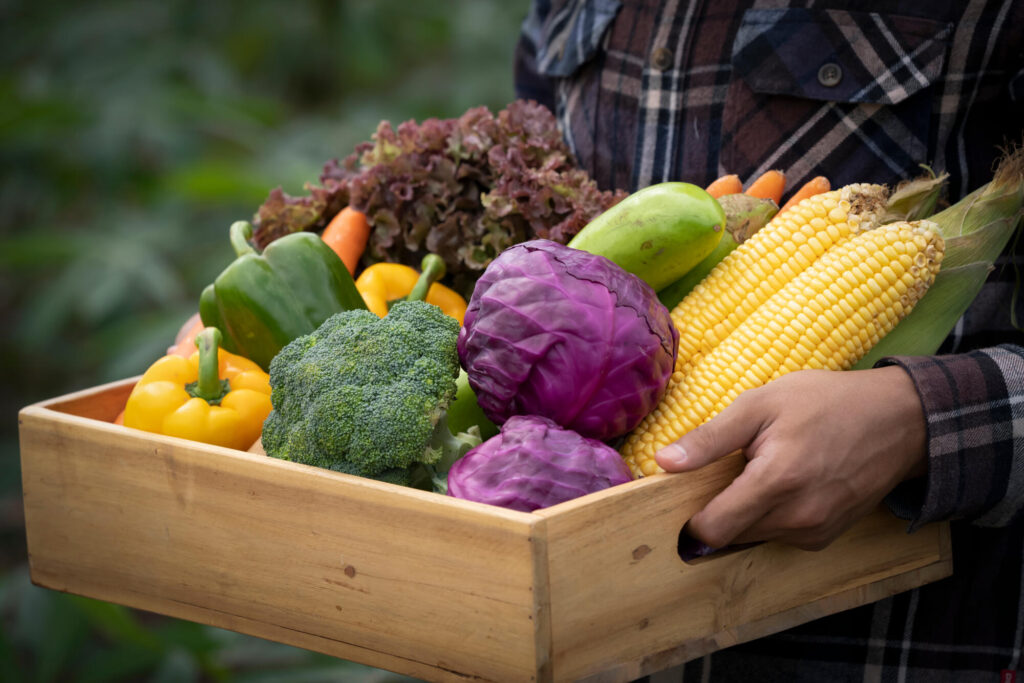Choosing the best way to transport agricultural goods can be tricky. With options like trucks, trains, ships, and planes, how do you know which is right for you?
This guide breaks down the pros and cons of each method, helping you find the best ag transport fit for your needs. Whether you’re focused on speed, cost, or reliability, we’ve got the info you need to make the best choice. Let’s dive in!
Trucking vs. Rail: Which Is More Cost-Effective for AG Shipping?
When deciding between trucking and rail for agricultural shipping, cost is a key factor. Trucks are more flexible and can reach almost any destination, but they can be expensive for long distances due to fuel and driver costs. Rail is cheaper for large shipments over long distances, but it’s less flexible and often slower.
Using flatbed freight brokers can help you find the best rates for both trucking and rail by comparing prices and optimizing routes. In the end, the most cost-effective choice depends on the size of your shipment, delivery time, and the distance involved.
Is Shipping by Sea the Best Option for Bulk AG Cargo?
Shipping by sea is often the best option for bulk agricultural cargo, especially for large quantities that need to be transported over long distances. Sea freight is cost-effective for bulk shipping because it can carry massive loads at a lower price per unit.
However, it can take longer compared to other modes of transport, which may be a concern for time-sensitive goods. Retail logistics plays a big role in coordinating sea shipments, ensuring that products reach the right markets on time.
For businesses focused on bulk exports, sea shipping is usually the most affordable choice, provided delivery time is not a critical factor.
Air Transport for AG Goods: When Is It Worth the Cost?
Air transport for agricultural goods is usually worth the cost when speed is crucial, such as for perishable items that need to arrive quickly. While air freight is much more expensive than other transport methods, it offers unmatched speed and reliability.
In a supply chain, using air transport can ensure that fresh products reach their destination in the shortest time, preventing spoilage. However, it’s best used for high-value or time-sensitive shipments rather than bulk cargo.
Speed Comparison: Which Mode of Transport Delivers Faster?
When it comes to speed, air transport is by far the fastest option for shipping agricultural goods. Trucks are next, offering quick delivery over short to medium distances, but they can’t match the speed of planes.
Rail transport is slower than both trucks and planes, especially for long distances. Shipping by sea is the slowest, as it takes much longer to travel across oceans and large bodies of water.
Learn All About AG Transport
In conclusion, choosing the right ag transport depends on what you need. Trucks are flexible but can be costly for long trips. Rail is cheaper for big shipments over long distances.
Sea shipping works well for bulk, but it’s slow. Air transport is fast but expensive. Consider what matters most for your shipment-speed, cost, or size-and choose the best option.
Did you find this article helpful? Check out the rest of our blog.







